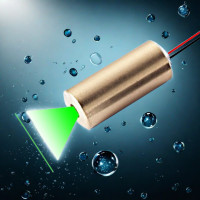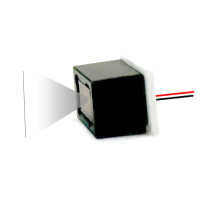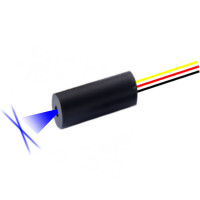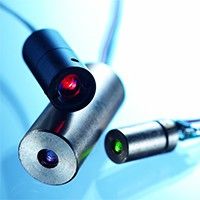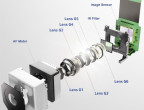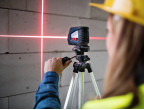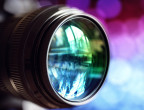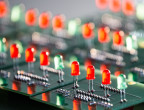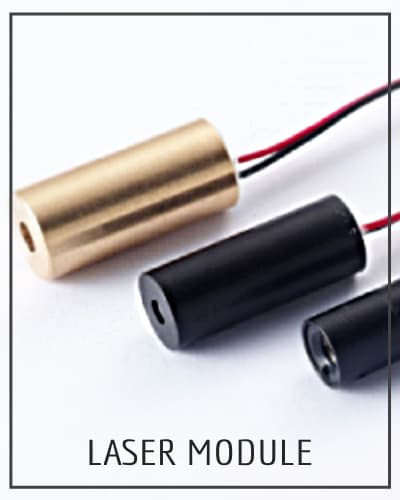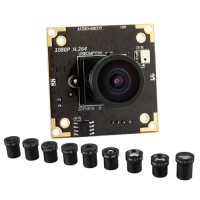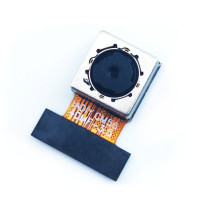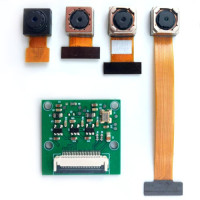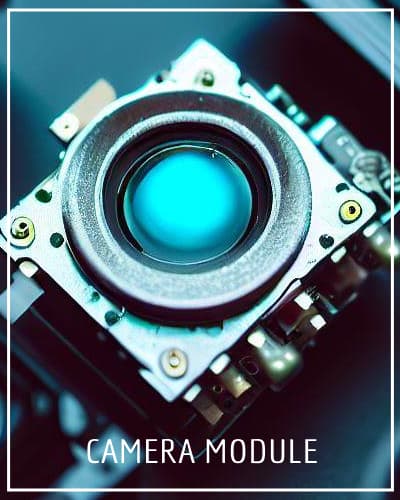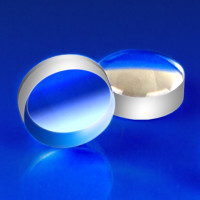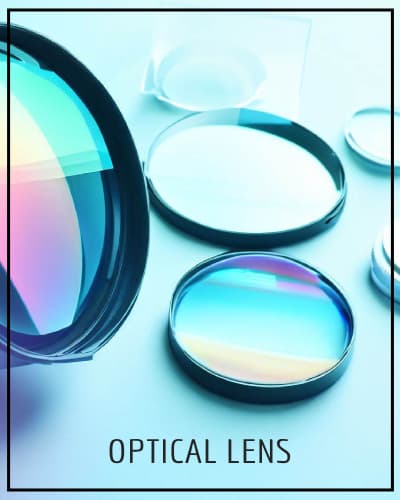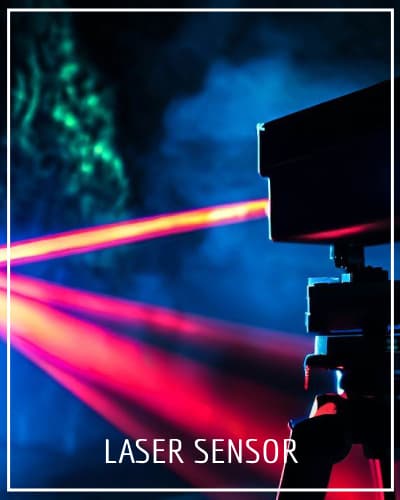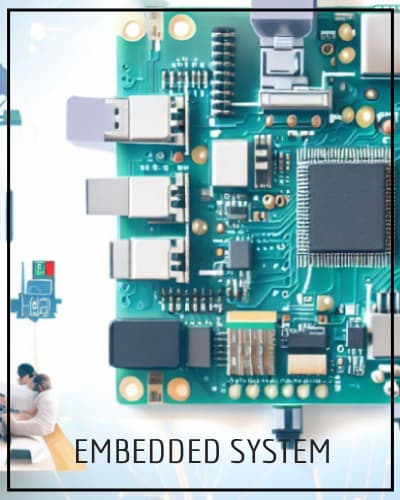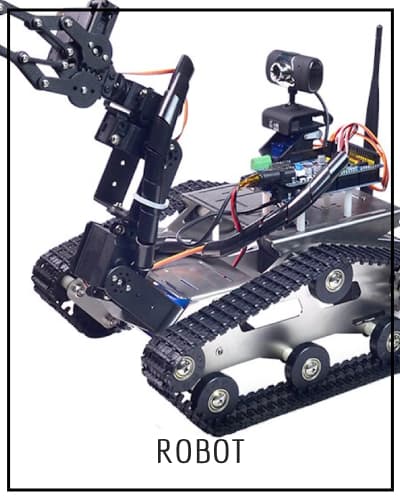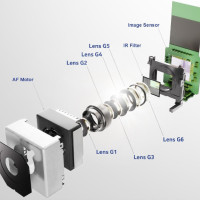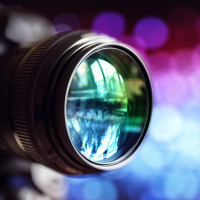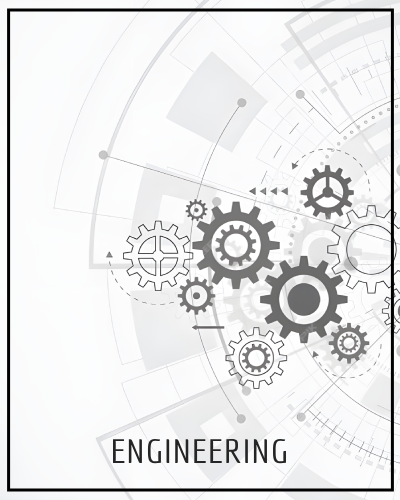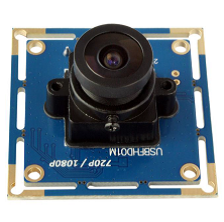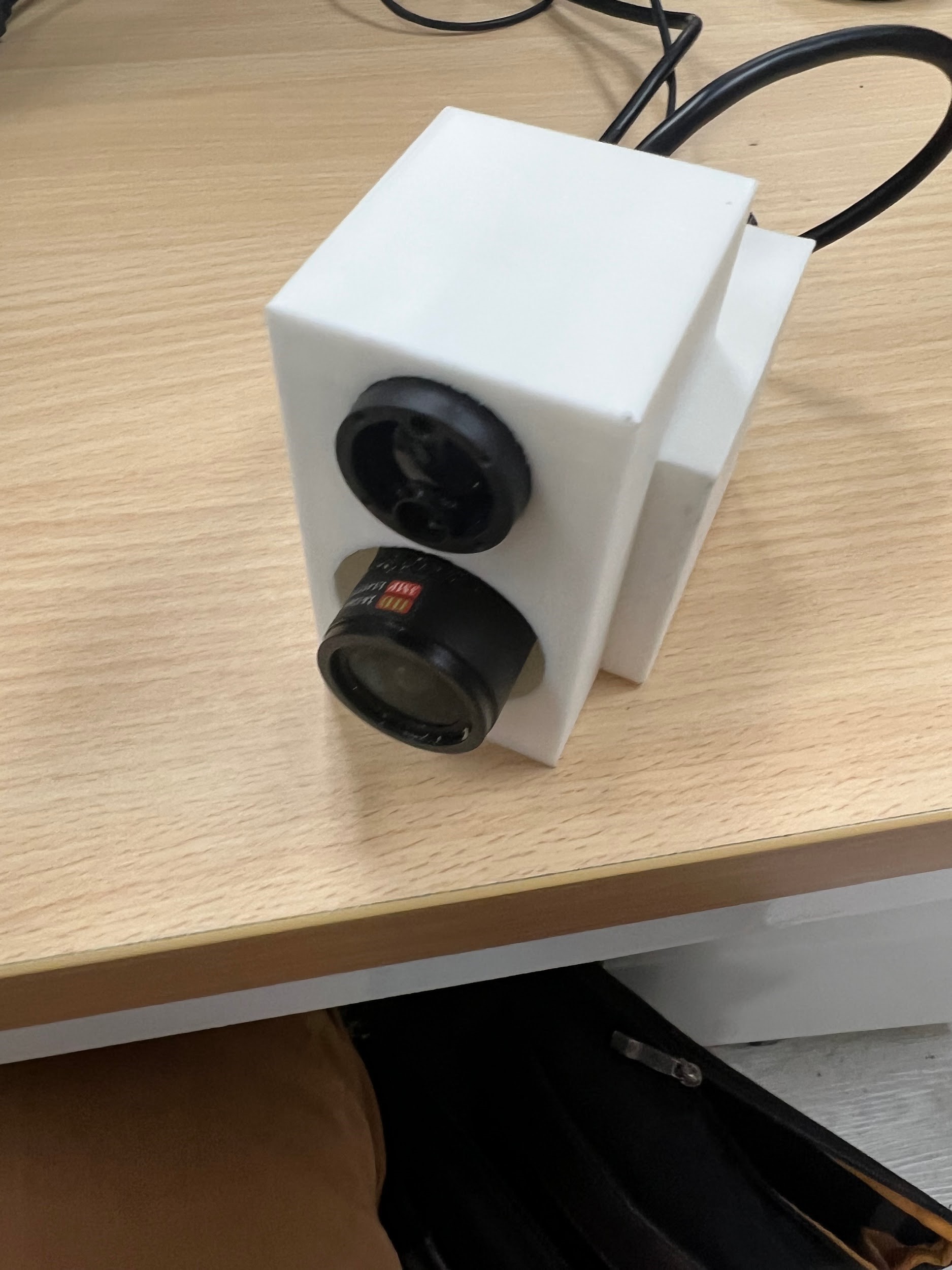Laser Rangefinder Module Integrated with Camera Module Function Demonstration
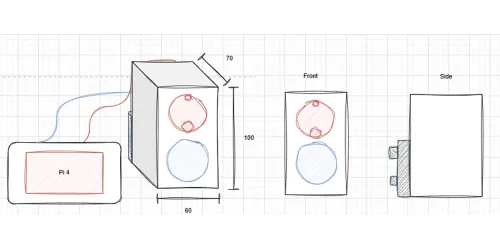
- [What are Camera Modules and Laser Rangefinders?]
- [Combination of Modules]
- [How does it work?]
- [Device Application]
- [Conclusion]
- [Videos and Other Resources]
- [Reference]
What
are camera modules
and Laser Rangefinders ?
Laser Rangefinder
A Laser Rangefinder uses a laser module and laser sensor to calculate long distances, typically with the ToF (Time of Flight) technique.
The distance is determined by emitting a pulse so that the reflected pulse can be captured by the laser sensor.
The Laser Rangefinder can then use this information to calculate the distance based on the time it takes to return.
Our
rangefinder module includes a built-in tilt sensor.
Angle data can be used during target measurement to calculate
straight-line distance, horizontal distance, and height.
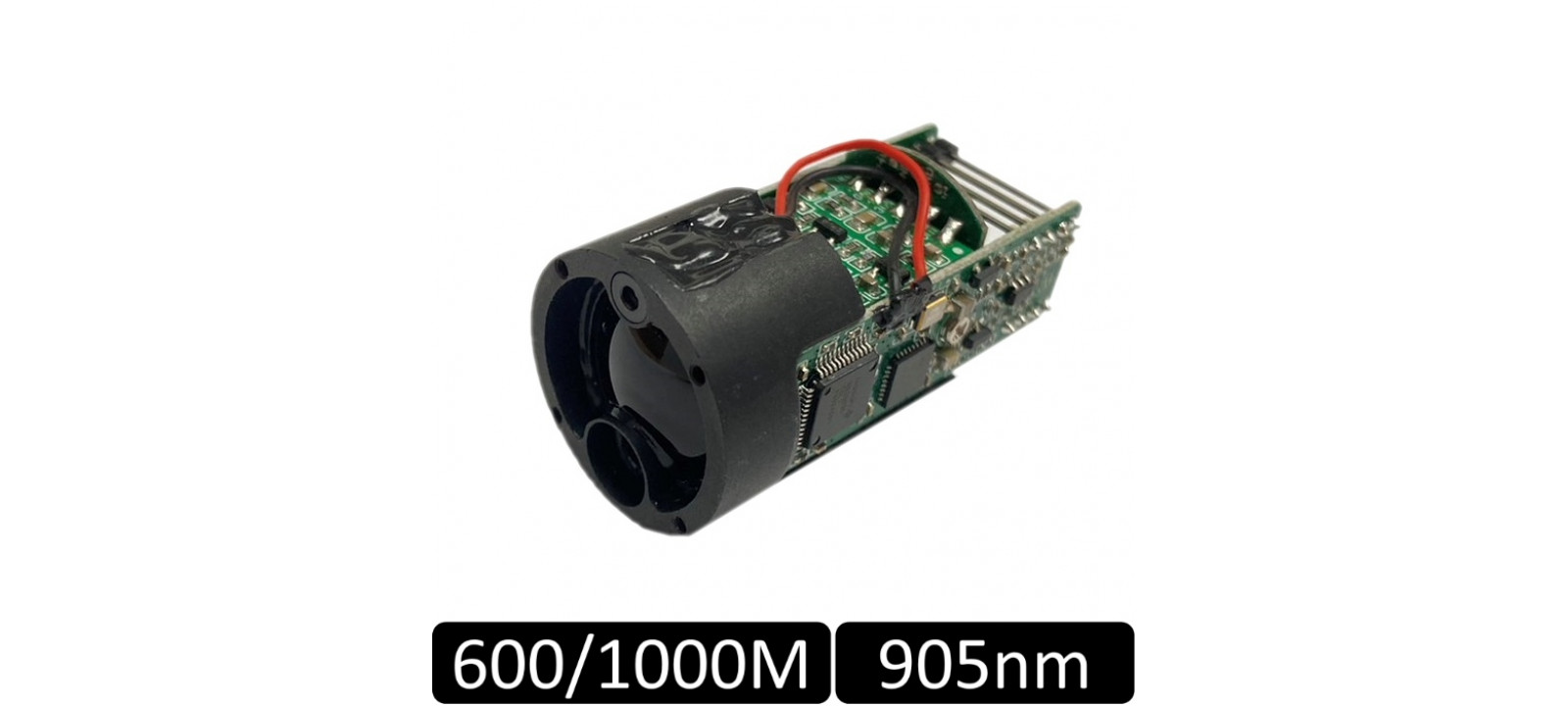
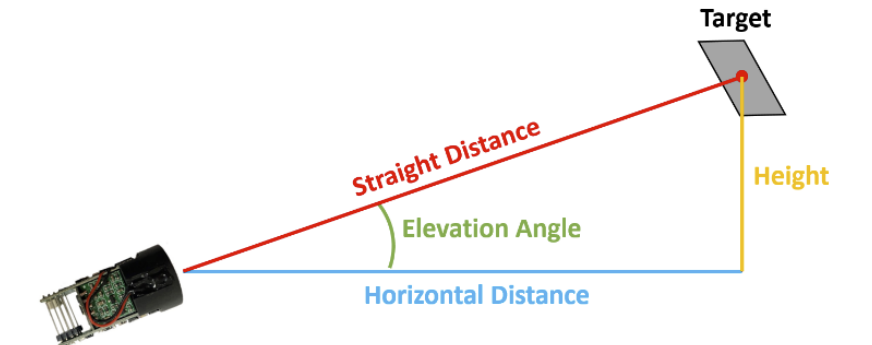
Camera Module
A camera module works simply by converting visual information into electrical signals using an image sensor.
The camera's lens focuses light onto the sensor, which produces an electrical signal that can easily be processed and integrated into smaller devices.
This makes it ideal for applications requiring visual confirmation of distant objects, especially if combined with detection programs.
Combination
of Modules
Laser Rangefinder Module: LRF600M3LS
LRF600M3LS is a classic model of outdoor long-range laser rangefinder. It has a measurement range of up to 600m.
It also offers an angle sensing function option, which can be used to calculate the height or horizontal distance of the target object based on the ranging results..
Camera Module: CM1.3M30M12 Ideal for Day/Night
CM1.3M30M12Q is a 1.3 MP USB camera board using 1/3” AR0130 with superior low illumination and excellent performance.
It is an ideal solution for Day/Night Vision Surveillance and NIR Imaging in IR image sensing, medical, and biological applications.
These modules
are available to be
purchased through the IADIY store.
For detailed information and specifications on the mentioned products, please refer to the links below:
LRF600M3LS
CM1.3M30M12
How
does it work?
Primary Function
The Laser Rangefinder easily measures the distance of the target object that is farther away.
However, as the target goes beyond this visible range, it can become challenging to determine exactly where the laser is pointing.
The integration of the camera module addresses this issue, Much like a telescope does to enhance the vision of faraway objects. It can help the users track the laser path, increasing the precision of the results.
Camera Calibration
In some instances, the alignment between the camera and laser will not be perfect. Therefore, if the camera is given a tilt stage, the camera can then be tilted up to 5 degrees in any direction.
This ensures optimal alignment of the camera and the laser, increasing the visualization of distant objects, especially when zoomed in.
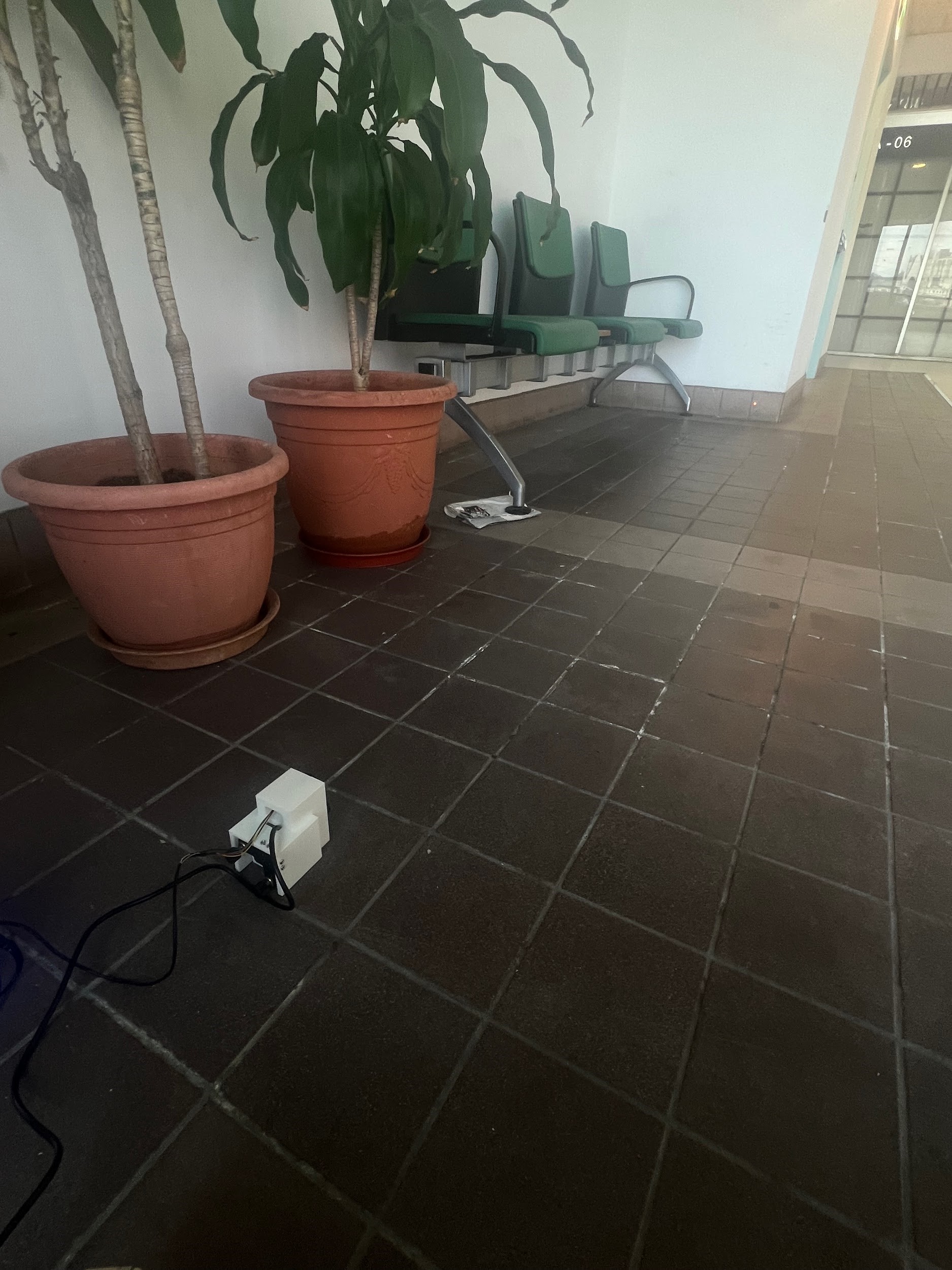

Device Application
Target Identification
With a camera module, users can better identify what the laser rangefinder is pointing at, which also helps users better understand what the device is currently measuring.
This is particularly useful when there needs to be a differentiation between two objects positioned close together, as the zoom function can efficiently pinpoint the correct target.
Visualize Infrared
Using this camera’s IR capabilities also helps users see lasers that are invisible to the naked eye. Using this, it is easier to directly aim the infrared laser towards the correct target, making infrared just as easy to use as visible light.
Conclusion
When it comes to a better understanding of the surroundings in our world, the laser rangefinder module and camera module both play a crucial role.
Laser Rangefinders have already revolutionized the way measurements can be calculated, reducing the process to mere seconds.
In the future, when combined
with
more features, they will have the potential to completely reshape
long-distance detection, and even lead to greater possibilities.
Videos and Other Resources
Reference

